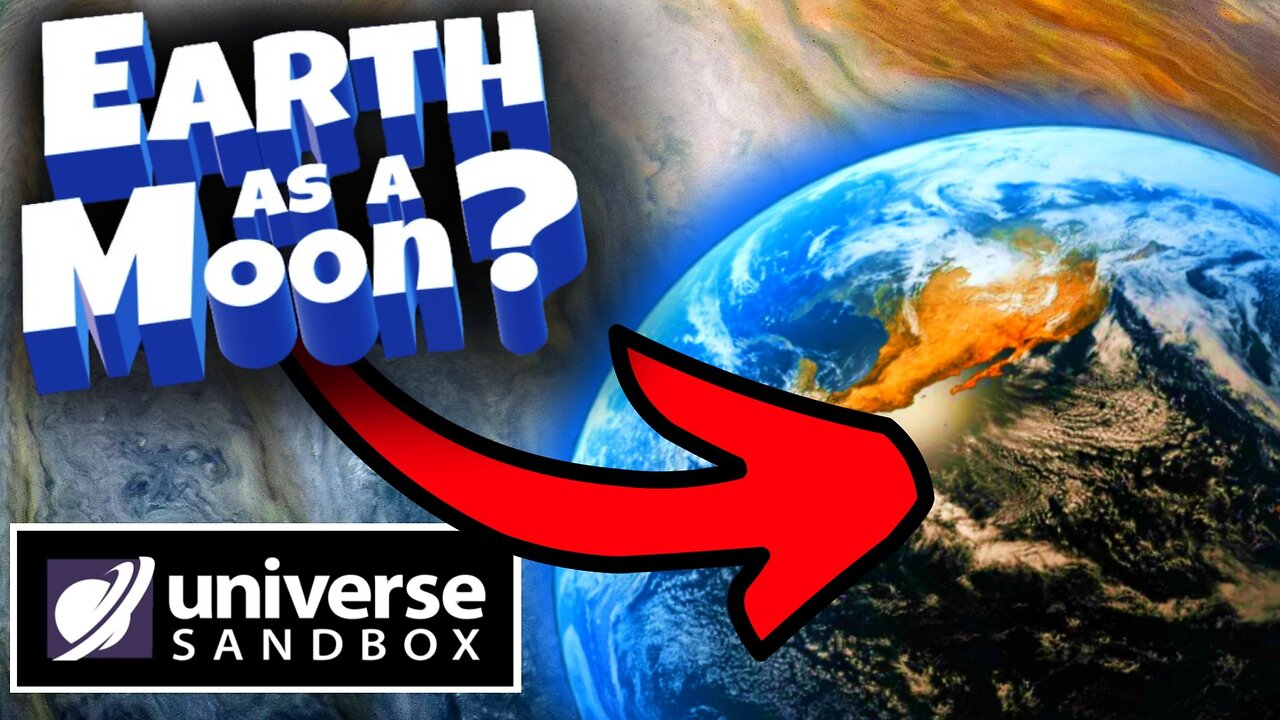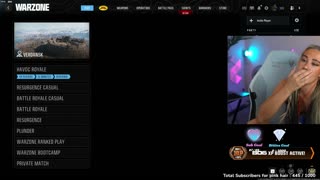Premium Only Content

Can Gas Giants Within Their Star's Habitable Zone Have Exomoons With LIFE? - UNIVERSE SANDBOX
How Exomoons Could Host Life Around Gas Giants Within Their Star’s Habitable Zone
1. Understanding the Habitable Zone (HZ)
The habitable zone is defined as the region around a star where conditions may be suitable for liquid water to exist on a planet’s surface. For a celestial body to be considered within this zone, it must be at an appropriate distance from its host star, allowing temperatures that can support liquid water without being too hot (which would lead to evaporation) or too cold (which would cause freezing). The habitable zone varies depending on the type and size of the star.
2. Gas Giants and Their Moons
Gas giants, such as Jupiter and Saturn in our solar system, are not typically considered candidates for hosting life due to their gaseous nature and lack of solid surfaces. However, these planets often have numerous moons, some of which could potentially possess rocky surfaces and atmospheres conducive to life. The research highlighted that there are 121 gas giants identified within their stars’ habitable zones, suggesting that they could have moons with Earth-like characteristics.
3. Potential for Life on Exomoons
Exomoons orbiting gas giants in the habitable zone could provide environments suitable for life due to several factors:
Energy Sources: Exomoons could benefit from dual energy sources: radiation from their host star and reflected light/heat from their parent gas giant. This combination may create diverse ecological niches that could support various forms of life.
Geological Activity: Some moons may experience tidal heating due to gravitational interactions with their parent gas giant. This geological activity can create subsurface oceans or maintain liquid water beneath icy crusts, similar to what is hypothesized for Europa (a moon of Jupiter) and Enceladus (a moon of Saturn).
Atmospheric Conditions: If exomoons possess thick atmospheres, they might retain heat effectively and protect potential life forms from harmful radiation. An atmosphere rich in essential gases like oxygen or methane could also support biological processes.
Diverse Environments: The variety of conditions found on different exomoons—ranging from icy surfaces to volcanic activity—could lead to unique ecosystems capable of supporting life forms adapted to those specific environments.
4. Research Implications
The identification of gas giants within habitable zones opens new avenues for astrobiological research. While no exomoons have been directly detected yet, ongoing studies aim to refine methods for observing these moons and understanding their potential habitability. Future telescope designs will focus on detecting exomoon properties and searching for signs of life.
In summary, while gas giants themselves may not harbor life, their rocky moons located within the habitable zones present promising opportunities for finding extraterrestrial life.
SOCIALS:
YouTube - https://www.youtube.com/@TheBetterNASAProject
Rumble - https://rumble.com/user/WhatsNextVids
Odysee - https://odysee.com/@WhatsNext:5?view=home
TikTok - https://www.tiktok.com/@the.better.nasa.project
X - https://x.com/WhatsNe75388303
SUPPORT:
Patreon - https://www.patreon.com/user?u=37594401
Buy Me A Coffee - https://buymeacoffee.com/whatsnext
Cash App - https://cash.app/$YTpayments
-
 2:20:23
2:20:23
Side Scrollers Podcast
16 hours agoElon Musk Creates GOONING AI, DSP Lawsuit?, Disney Adults Hit NEW LOW | Side Scrollers Live
24.5K5 -
 1:58:04
1:58:04
FreshandFit
5 hours agoWhy Women Are Always Single?
154K27 -
 1:12:39
1:12:39
Man in America
13 hours agoThe Frightening Truth About Weather Warfare & Depopulation w/ Kim Bright
108K45 -
 2:59:21
2:59:21
TimcastIRL
7 hours agoTrump Calls Epstein Case A HOAX By Democrats, GOP Votes TO BLOCK Release | Timcast IRL
236K257 -
 10:17
10:17
Dr Disrespect
15 hours agoIt's Time To Get Serious
30.7K9 -
 7:55:30
7:55:30
SpartakusLIVE
9 hours agoDuos w/ Sophie || Charity stream tomorrow!
63K -
 58:43
58:43
Sarah Westall
7 hours agoBecause Voluntary Extermination is a Thing: Israel-Gaza w/ Award Winning Journalist James Robins
46.5K13 -
 4:44:13
4:44:13
BubbaSZN
9 hours ago🔴 LIVE - TRYING TO NOT BUST A$$ THIS TIME (THPS3+4)
32.4K1 -
 8:42:11
8:42:11
sophiesnazz
12 hours ago $2.32 earnedGENUINE BELTERS IN ERE l LIVE WITH @SpartakusLIVE!socials
45.6K1 -
 1:15:18
1:15:18
Glenn Greenwald
10 hours agoTrump Promises More Weapons for Ukraine; Trump Again Accuses Dems of Fabricating Epstein Files | SYSTEM UPDATE #487
142K89